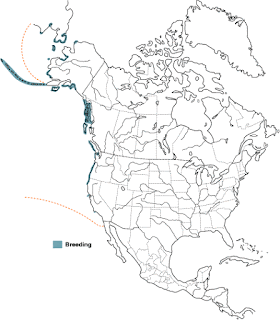Red Ascidian Tunicate - Aplidium solidum.

Red Ascidians are tunicates, a marine invertebrate with a hard exterior layer, or tunic, where it get's it's name. The first known species of tunicate dates back to 485.4 millions years ago to the early Cambrian period, when most modern phyla first appeared. The red ascidians have two siphons which move water in and out of it's body, much like a heart. They grow in colonies up to 20 centimeters long and can be a favorite food of the opalescent nudibranch. Have you seen a red ascidian at Haystack Rock? Let us know! Happy Tide-pooling!


